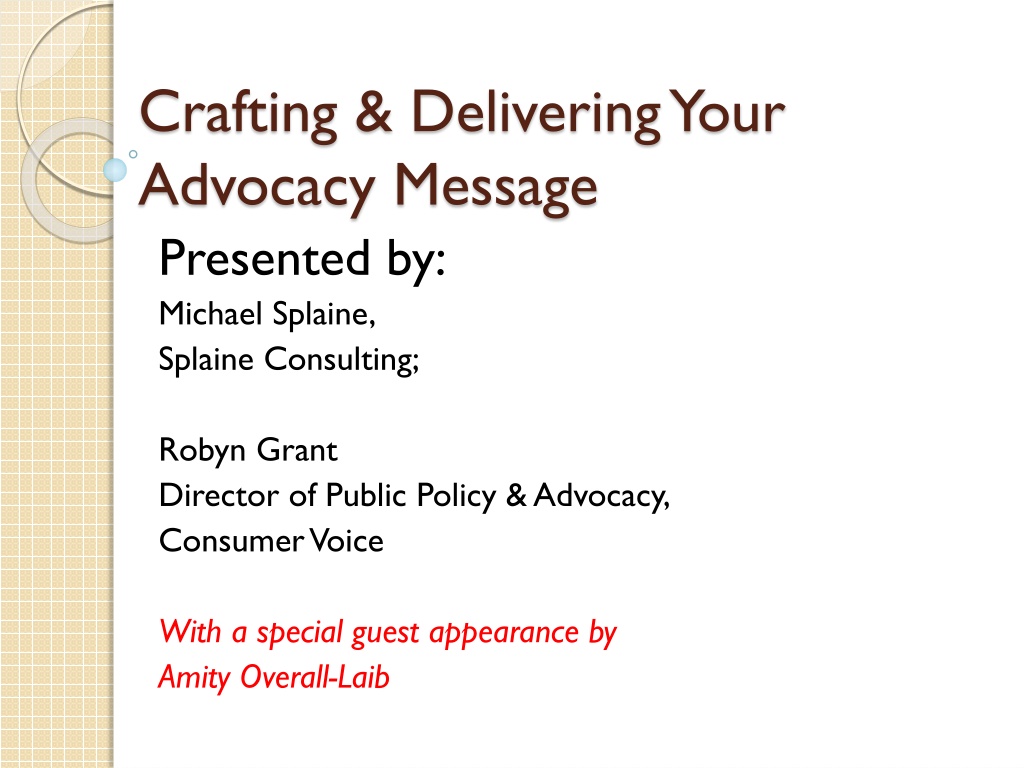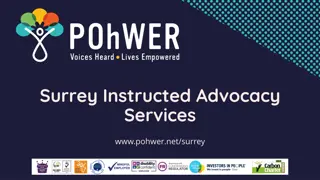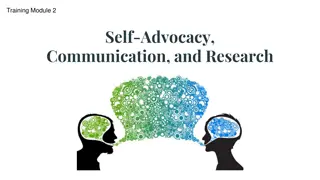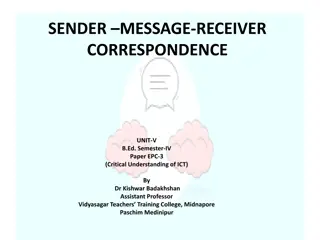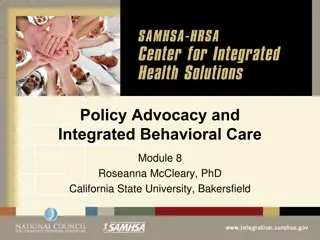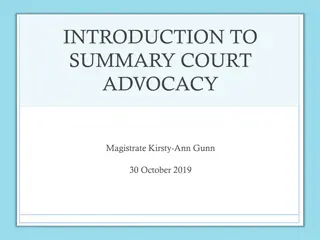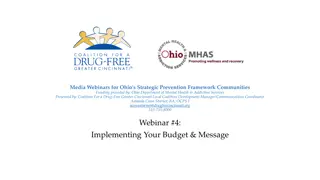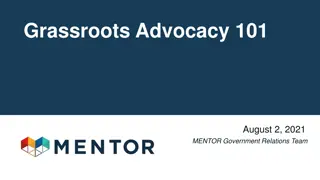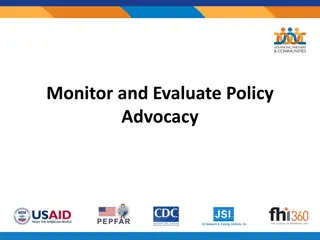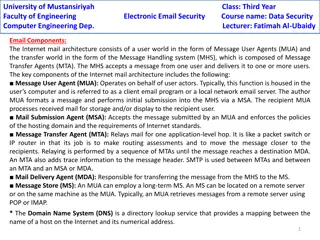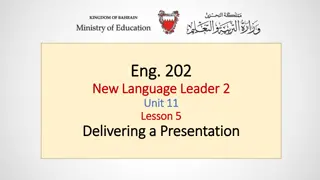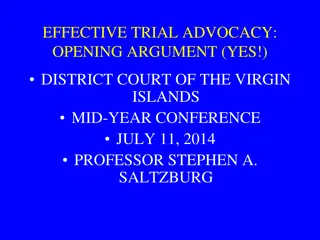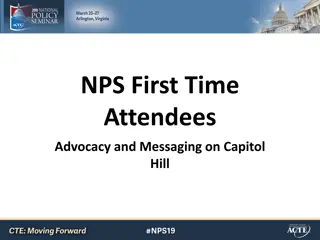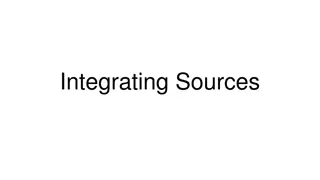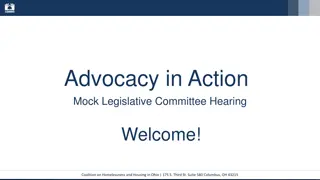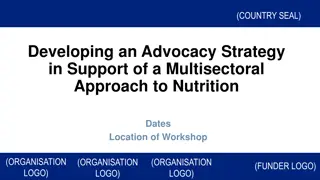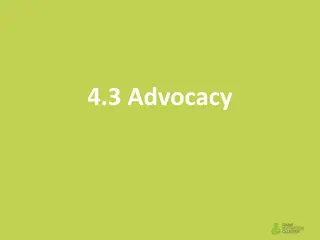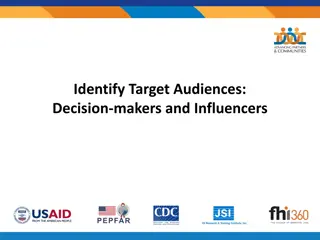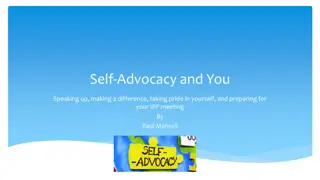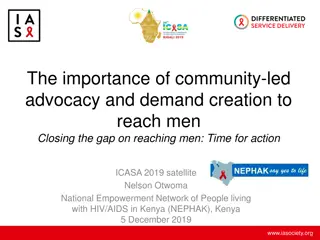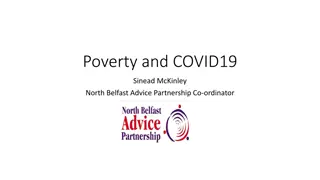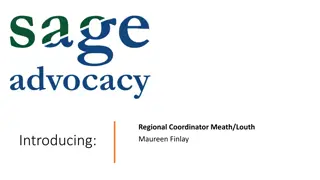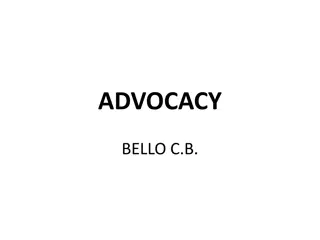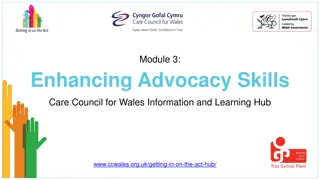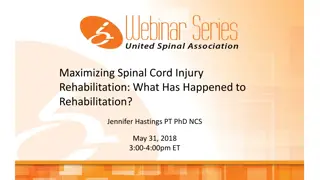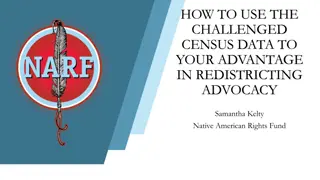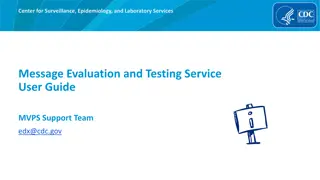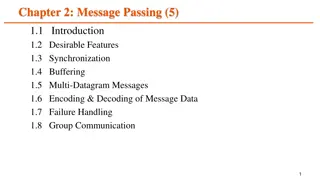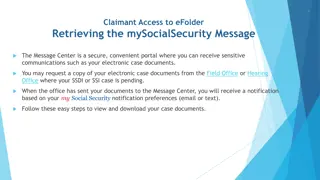Crafting and Delivering Your Advocacy Message: Strategies and Best Practices
Discover expert tips on developing and presenting your advocacy message effectively. Learn how to engage your audience, present issues, make requests, and prepare for opposing arguments. Explore arranging meetings, conducting them professionally, and following up efficiently. Enhance your advocacy skills with practical advice from industry professionals.
Download Presentation

Please find below an Image/Link to download the presentation.
The content on the website is provided AS IS for your information and personal use only. It may not be sold, licensed, or shared on other websites without obtaining consent from the author. Download presentation by click this link. If you encounter any issues during the download, it is possible that the publisher has removed the file from their server.
E N D
Presentation Transcript
Crafting & Delivering Your Advocacy Message Presented by: Michael Splaine, Splaine Consulting; Robyn Grant Director of Public Policy & Advocacy, Consumer Voice With a special guest appearance by Amity Overall-Laib
Session outline Tips on developing your message Tips on presenting your message Group exercise: Write a message Role play delivering your message
Crafting the Message Open with a statement that engages your audience Present the problem Provide facts, data about the problem Give a real life, human example about the problem Connect the issue to your audience How it fits with what they care about/want/need Make your request (the ask )
Crafting the Message Make sure to: Prepare for arguments opposing your request Research your audience For elected officials: http://votesmart.org/
Delivering the Message Arranging and preparing for the meeting Conducting the meeting Following-up after the meeting
Arranging and Preparing for the Meeting Set up a meeting time Review your message Find out anything else you can about the person Make sure your responses to push back are ready Decide who is going to say what and in what order; who will take notes Decide what information to bring
Conducting the Meeting DO: Be on time!!! Start with Introductions Identifying that you re a constituent A compliment Present your message remember to make the ask Be courteous and polite Take notes Ask whom to contact for follow-up Leave your card and information
Conducting the Meeting DON T: Make up an answer or guess Argue or debate Alienate the person Take too much of the person s time
Following-Up After the Meeting Write a thank you note right away Provide information for unanswered questions Do visit report if part of a campaign Follow-up again if you haven t received a response to your request
